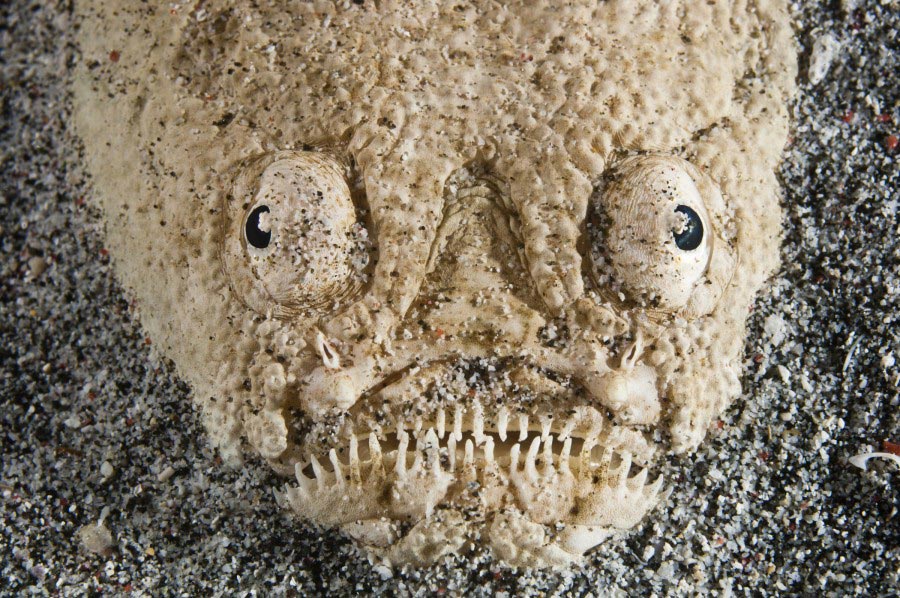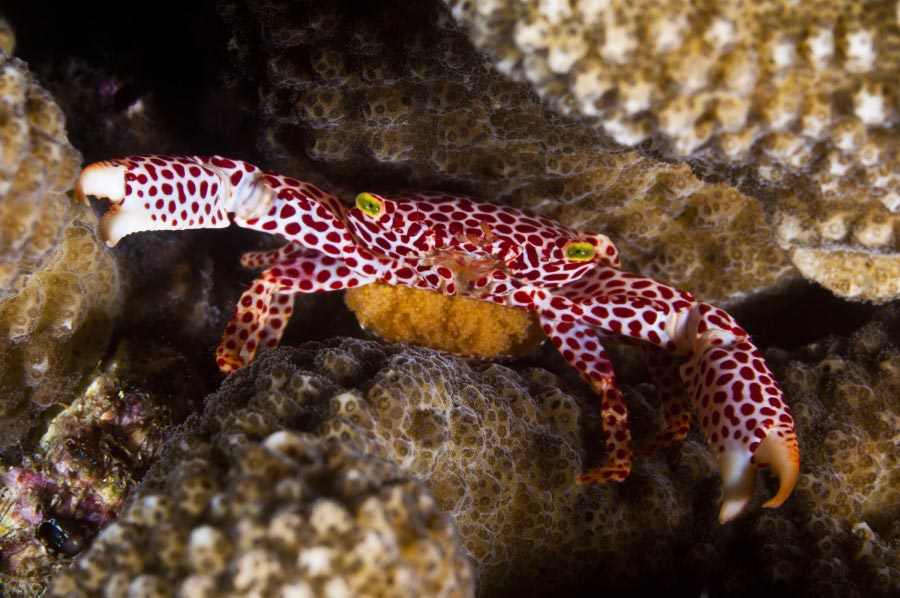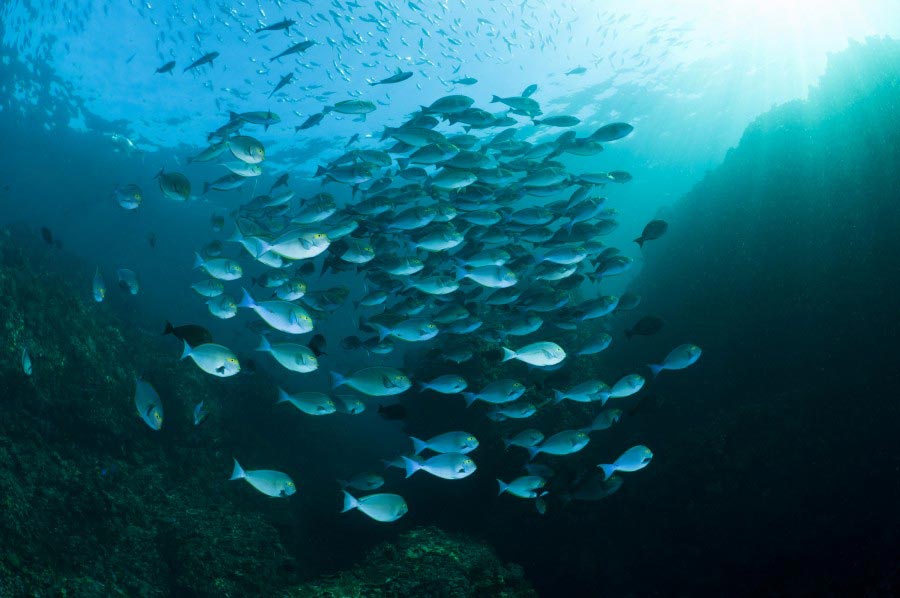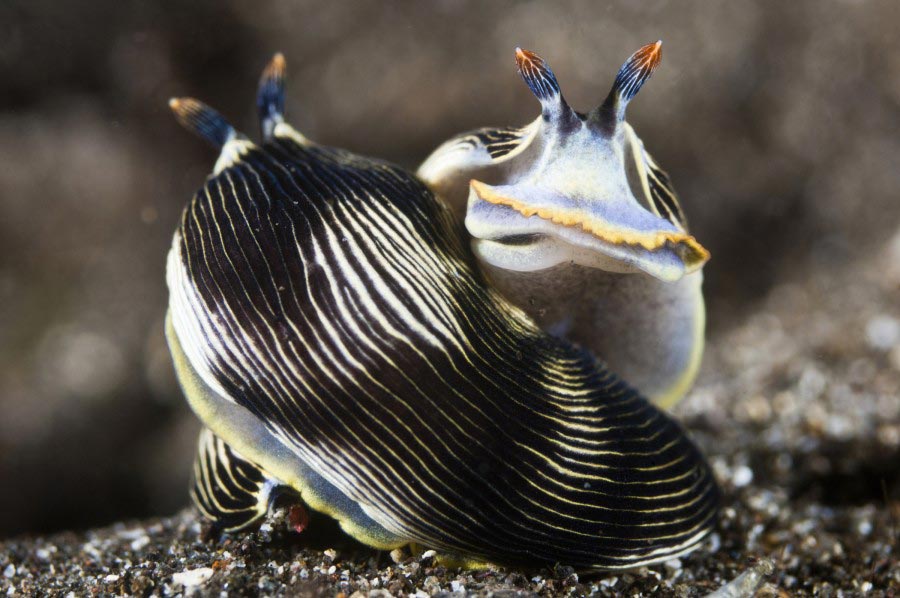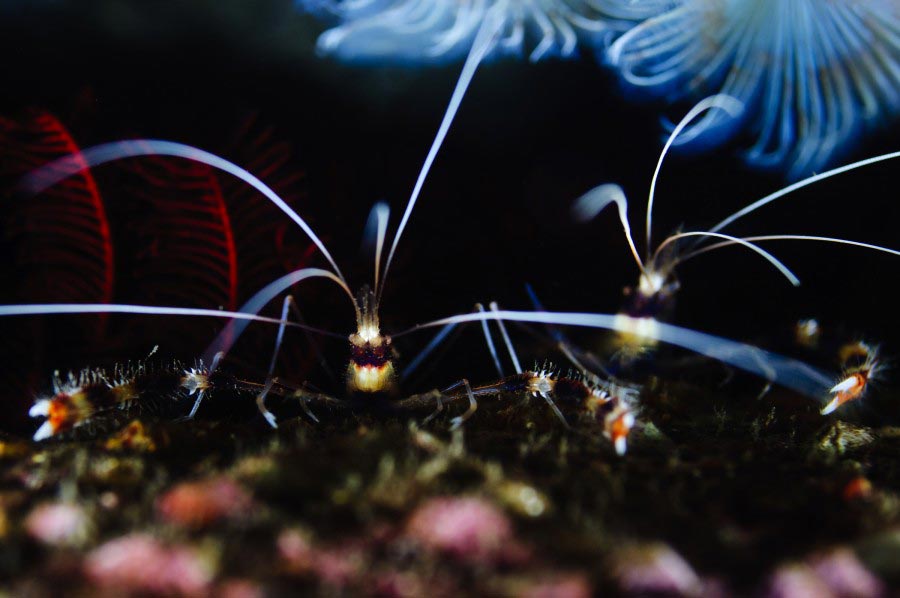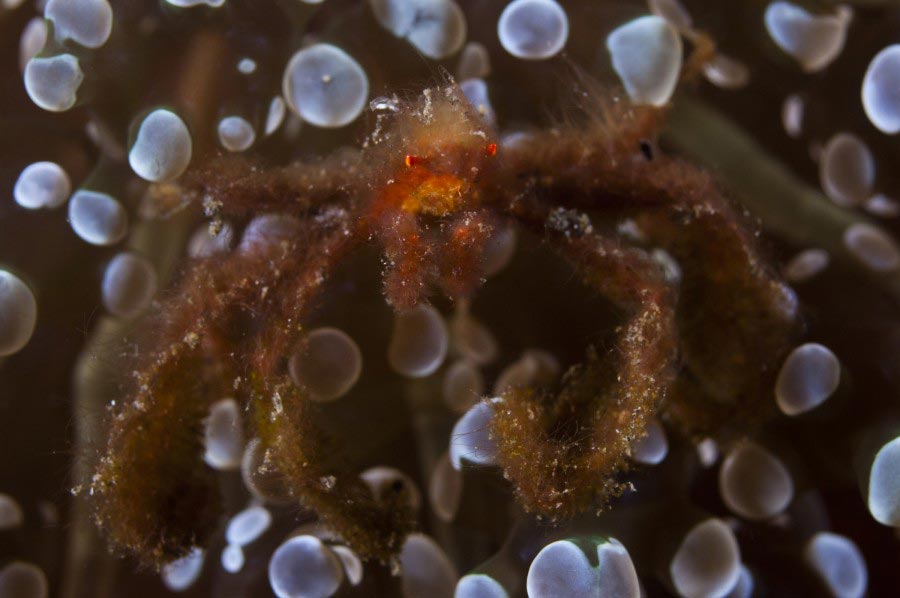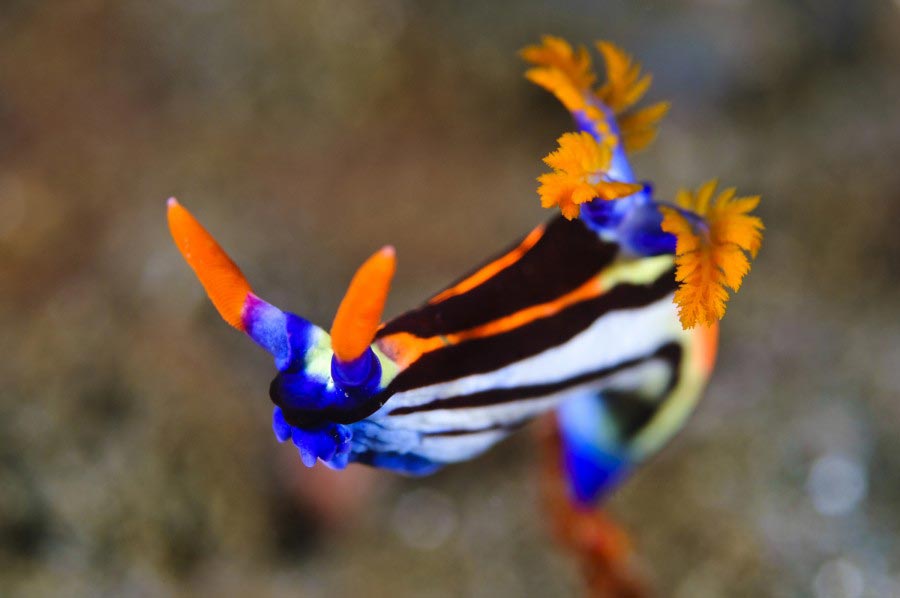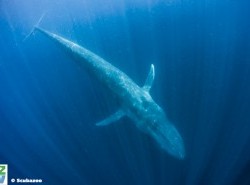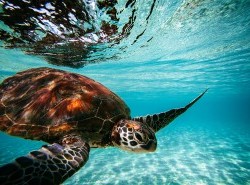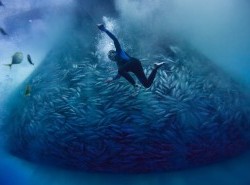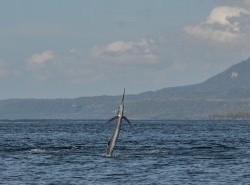The Komodo National Park must rank as one of the most beautiful destinations in Indonesia, and perhaps all of SE Asia. Above the surface of the sea, the park’s spectacular hills, jagged cliffs and incredible colours are like nowhere else on earth. And of course, there is the Komodo Dragon…
But it is the marine life that keeps me coming back to Komodo. Sandwiched between Sumbawa and Flores, the many small islands of the park lie scattered in the path of huge currents that flow north from the Indian Ocean. These currents are cold and rich in nutrients, supporting an incredibly diverse ecosystem that changes as visitors travel from north to south.
The north of the park is known for its clear, warm water, vivid reefs and fish life. At sites like Gili Lawa Laut and Castle Rock, the corals are hidden by huge schools of colourful anthias that dart back down into shelter whenever giant trevallies, snapper or dogtooth tuna come charging through as they hunt. Sharks, barracudas and even pods of dolphins are all commonly seen around these isolated reefs. Closer to the main island, the underwater landscape is typified by reefs covered in hard corals and bright red and orange soft corals. Ripping currents are common and many of the dives are drifts through narrow channels filled with surgeonfish, bannerfish and trevallies.
The north of the park is known for its clear, warm water, vivid reefs and fish life. At sites like Gili Lawa Laut and Castle Rock, the corals are hidden by huge schools of colourful anthias that dart back down into shelter whenever giant trevallies, snapper or dogtooth tuna come charging through as they hunt. Sharks, barracudas and even pods of dolphins are all commonly seen around these isolated reefs. Closer to the main island, the underwater landscape is typified by reefs covered in hard corals and bright red and orange soft corals. Ripping currents are common and many of the dives are drifts through narrow channels filled with surgeonfish, bannerfish and trevallies.
In the southeast corner of the park, the island of Rinca has a number of spectacular dive sites. The cold, rich upwellings mean the visibility can be poor, but these same upwellings provide perfect conditions for a wealth of filter-feeding invertebrates. At sites like 'Cannibal Rock' in Horseshoe Bay, the reef is carpeted in crinoids, sponges, seasquirts and both hard and soft corals, and plenty of unusual macro- subjects can easily be found here.
Over in the southwest, the liveaboard boats come in search of much larger animals. At ‘Manta Alley’ currents are pushed between Komodo and a small, rocky outcrop. The plankton that blooms when the cold upwellings hit the sunlit shallows is funneled and concentrated through this channel – perfect feeding conditions for huge manta rays. When the currents are running, large groups of these incredible animals can be observed as they feed, barrel-rolling and spinning only meters away from divers.
Komodo is not without its problems. Illegal and destructive fishing have taken their toll on the reefs and fish life and the sheer volume of tourists visiting some of the more popular sites has also had a detrimental effect in the past. However, the Komodo National Park still remains one of Indonesia’s most spectacular destinations. There are few places where divers can actually get a sense of Indonesia’s geographical position, perched on the edge of the deep Indian Ocean, and how powerful and extraordinarily rich these oceanic waters can be.
Over in the southwest, the liveaboard boats come in search of much larger animals. At ‘Manta Alley’ currents are pushed between Komodo and a small, rocky outcrop. The plankton that blooms when the cold upwellings hit the sunlit shallows is funneled and concentrated through this channel – perfect feeding conditions for huge manta rays. When the currents are running, large groups of these incredible animals can be observed as they feed, barrel-rolling and spinning only meters away from divers.
Komodo is not without its problems. Illegal and destructive fishing have taken their toll on the reefs and fish life and the sheer volume of tourists visiting some of the more popular sites has also had a detrimental effect in the past. However, the Komodo National Park still remains one of Indonesia’s most spectacular destinations. There are few places where divers can actually get a sense of Indonesia’s geographical position, perched on the edge of the deep Indian Ocean, and how powerful and extraordinarily rich these oceanic waters can be.
